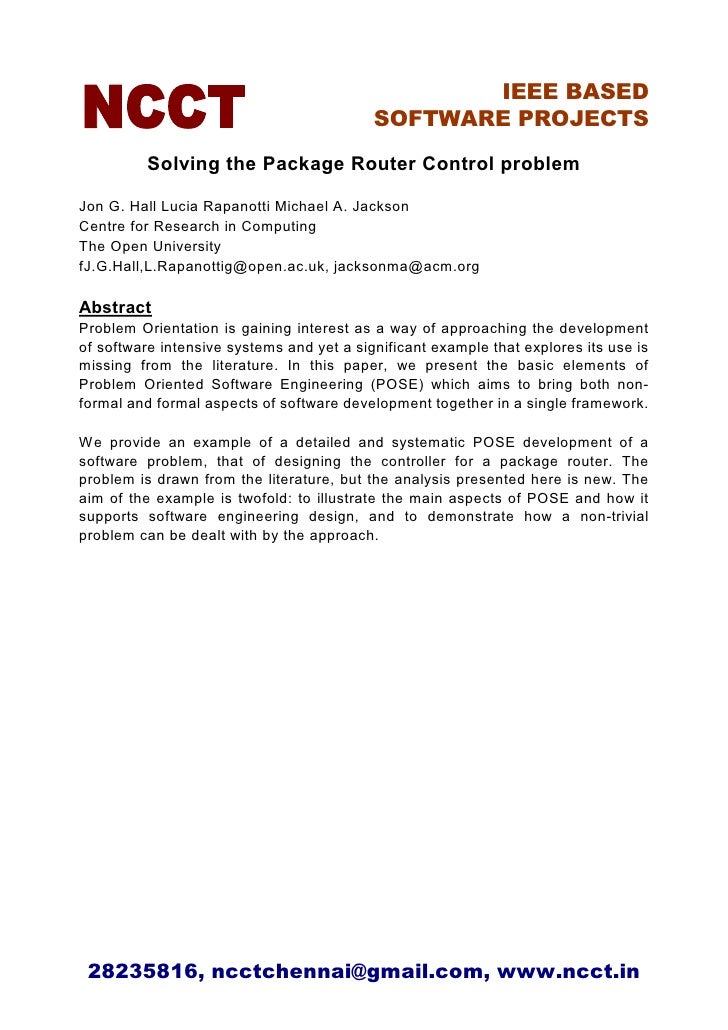

The concern with carrying out any analysis at the lexical level is that homographs (i.e., words with the same spelling but different meanings) are not disambiguated.

These methods and tools aim to increase the researcher’s ability to study relationships in the literature and help with an improved conceptual and theoretical understanding (Barry, 1998).Īutomated tools commonly used in literature reviews analyse textual data at a lexical level (see Smith & Humphreys, 2006 Blei et al., 2003 Marrone & Hammerle, 2016 Bonaccorsi et al., 2021), meaning that they disregard the semantic relations between words. Several computer-assisted methods and tools have emerged to help researchers automate and accelerate the content analysis process, such as Leximancer (Smith, 2003), topic modelling (statistical modelling for discovering abstract “topics” which appear in the documents) or Bibliometrix (Aria & Cuccurullo, 2017), an R package for bibliometric and keyword analysis. Hence, there has been an increased focus on novel methods and tools that help researchers automate the coding process within literature reviews and accelerate the literature review process (Westgate, 2019). Many academics find it increasingly challenging to stay up to date with the latest research, especially in disciplines where hundreds or thousands of new publications are released yearly (Nakagawa et al., 2019).

Screening via a titles-first approach may be more efficient than screening titles and abstracts together.Įpidemiology meta-analysis research methods systematic review.In the last decade, there has been a rise in the availability of digital data from academic publications, due to a continuous growth in the number of publications (Fortunato et al., 2018). Precision was higher in the titles and abstracts method (7.1% versus 3.2%) but recall was the same (100% versus 100%), leading to a higher F-measure for the titles and abstracts approach (0.1327 versus 0.0619). The final systematic review included 13 articles, all of which were identified by both screening strategies (yield 100%, burden 114%).

#Atlasti title and abstract screening full#
Interreviewer agreement to include an article for full text review using the titles-first screening strategy was 89%-94% (kappa = 0.54) and 96%-97% (kappa = 0.56) for titles and abstracts combined. The simultaneous titles and abstracts review led to rejection of 2782 citations (94%) and review of 183 full text articles. The titles first strategy resulted in an immediate rejection of 2558 (86%) of the records after reading the title alone, requiring review of 239 titles and abstracts, and subsequently 176 full text articles. Each citation found in MEDLINE or Embase was reviewed by two physician reviewers for prespecified criteria: the citation included (1) primary data (2) the exposure of interest and (3) the outcome of interest. TWO METHODS OF SCREENING ARTICLES FOR INCLUSION IN A SYSTEMATIC REVIEW WERE COMPARED: titles first versus titles and abstracts simultaneously. There is no consensus on whether screening titles alone or titles and abstracts together is the preferable strategy for inclusion of articles in a systematic review.


 0 kommentar(er)
0 kommentar(er)
